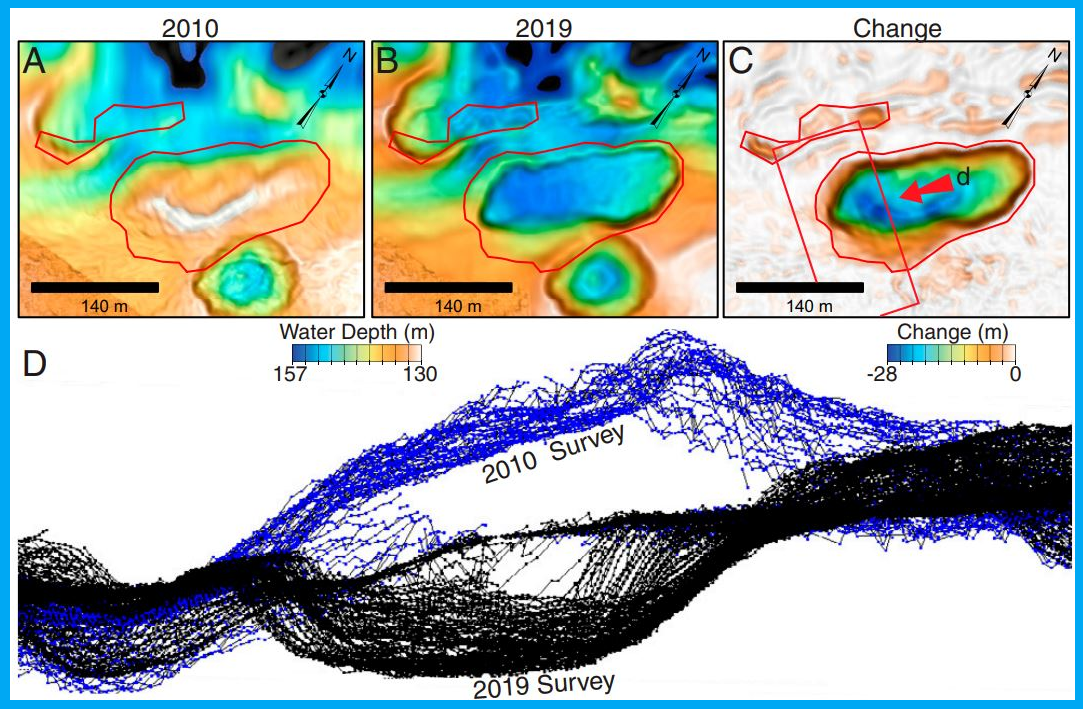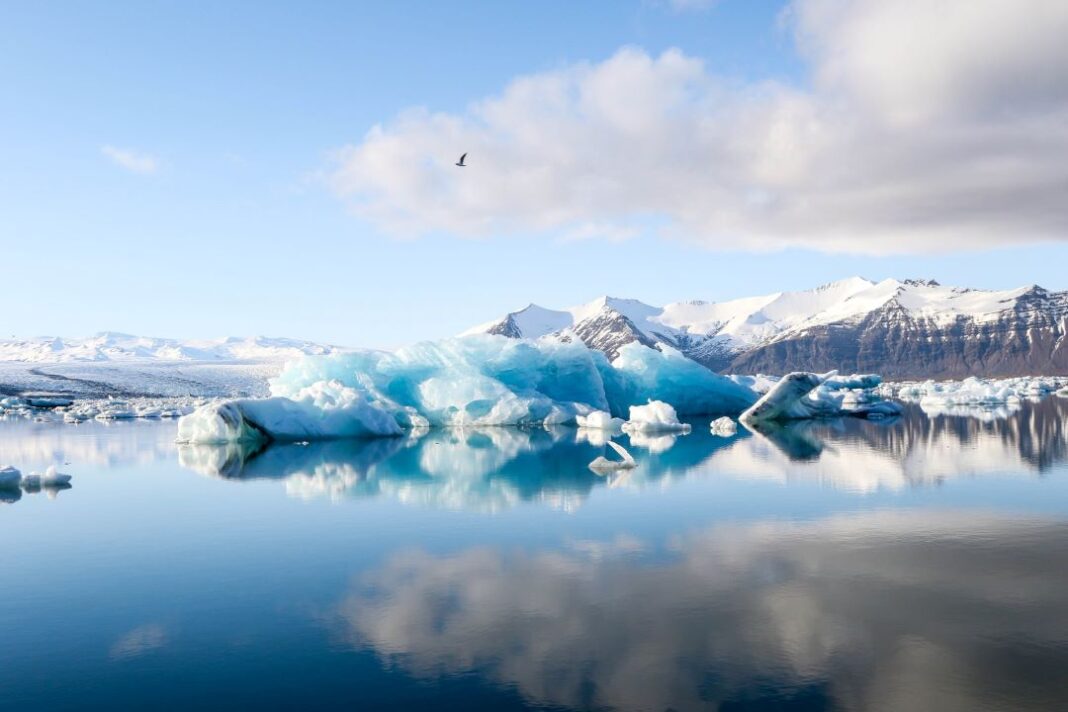Due to rising temperatures, sinks are forming on the Arctic seabed. Advanced underwater mapping technology has shown that several dozen dips on 24 square kilometers have appeared on the seabed over nine years. The warming of Arctics causes snow melting, rising sea levels, and endangered native species.
Arctic Ice Has Been Melting for Ages
Arctic permafrost from the Ice Age has been dissolving for millions of years. Submarine permafrost faces the same problem. Advanced underwater mapping technology has revealed that the permafrost 150 feet below the surface of the Canadian Beaufort Sea is changing rapidly. Worse conditions cause significant changes to the seabed, including massive sinks.

“We know that big changes are taking place in the Arctic landscape, but this is the first time we have been able to deploy technology to see that changes happen at sea,” said Charlie Paull, a marine geologist at the Monterey Bay Aquarium Research Institute. of the main authors of the study “Rapid seabed changes associated with the degradation of the Arctic submarine permafrost,” which was published in mid-March.
Forming Dips on the Seabed
According to the researchers, there were 41 dips within 24 square kilometers between 2010 and 2019. Most of these dips were about 7 meters deep, although some were as large as 225 x 96 km. “This groundbreaking research has revealed how submarine permafrost defrosts can be detected and monitored once baselines are established,” Paull said in a press release.

Environmentalists consider climate change to be the leading cause of these changes on the Arctic seabed. The Arctic is warming three times faster than the global average. Warming on Arctics causes snow to melt, rising sea levels, and endangered native species.
Source and credit: pnas.org/doi/full/10.1073/pnas.2119105119, pixabay.com















